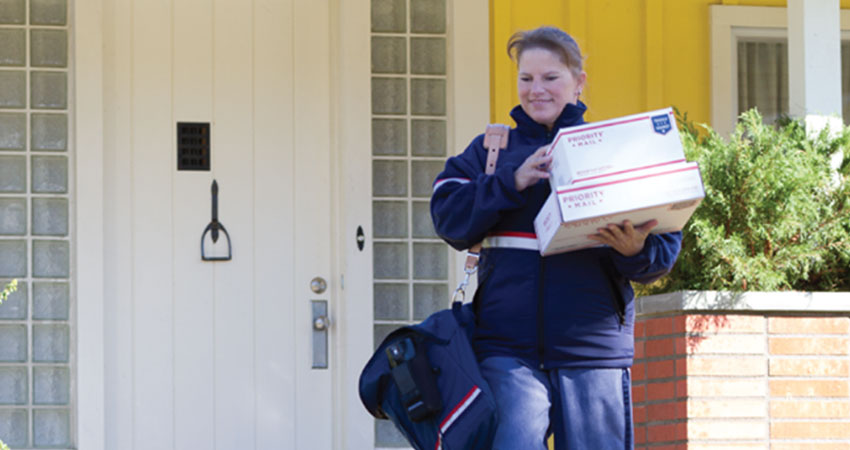The U.S. Postal Service (USPS) has decided to temporarily suspend a planned reduction in service level standards for First Class package delivery until after the peak holiday season, a week after the Postal Regulatory Commission which oversees it said the plan “lacked demonstrable evidence.”
The proposed changes called for adding 1-2 days to the service level standard for about 31.2% of First Class package volume, while shorting it by about a day for approximately 4.8% percent of the volume, according to the PRC.
“In light of the ongoing environment caused by COVID-19 and the rise of the Delta variant affecting our customers, the implementation date for the revised service standards for First-Class Package Service will be announced after the holiday shipping season” the USPS said in a statement.
It would seem the ongoing pandemic-related shipping and delivery issues would be more of a reason to update the First Class package service levels by easing them during the holidays, not delaying implementation.
The agency then went on to say that the extra delivery day added to Priority Mail, two and three day, and First-Class Package standards, implemented in April 2020, would “remain in place until further notice.”
In advising against changing the service levels, the PRC noted it was the first time it had issued an advisory for the USPS’s competitive products, i.e., parcel shipping, vs. its market dominant letter service, actions normally left to the USPS board of governors.
“It is unclear when the Postal Service plans to realize the full impact of its proposed changes to the service standards,” the PRC found. “The proposed changes may have a positive impact on the Postal Service’s ability to meet its service performance targets. However, the Postal Service does not include a firm estimate for when it will meet its service performance targets, nor does it include any interim service performance targets.”
The PRC also found the USPS’s estimate of cost savings estimated for the changes “may be inflated” and wound not “substantially affect the Postal Service’s overall financial condition.” It also found “flaws” in the USPS’s transportation model “could diminish its reliability, and its network impact projections and estimated cost changes “are potentially inaccurate and unachievable.”
“The Postal Service has not demonstrated that it is operationally capable of running the complex surface network modeled to support the service standard changes it plans to implement,” the PRC found. “Implementing processing and transportation changes prior to peak season may be challenging due to the continuation of the COVID-19 emergency and stress on the logistics industry.”
The USPS drew a lot of criticism for delivery delays last peak season, with more than 2 million packages not delivered by Christmas – some showing up January and February. Others though lauded its efforts in very difficult circumstances, with on-time performance just points behind UPS and FedEx, especially considering how much last-mile volume the USPS took on when the two majors couldn’t.
In August, the USPS announced temporary peak surge charges for only the second time in its history, after doing so last year. The peak charges, in effect from Oct. 3-Dec. 26, range from 75 cents for Priority Mail and Priority Mail Express flat-rate boxes and envelopes to $5 for Zone 5-9 shipments weighing 21 lbs-70 lbs.

